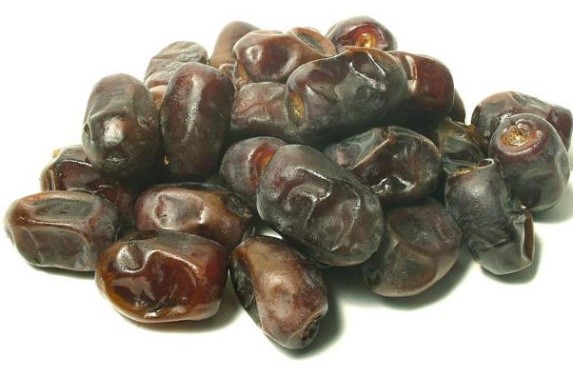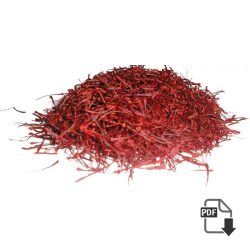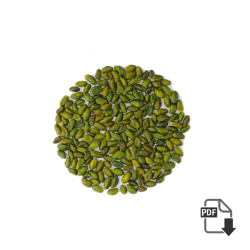Mini (moist) figs After processing and selecting the fruits, the dried figs are washed and processed bringing their moisture content up from 10-12% as delivered, to moisture content as high as 20-23%, which makes our figs moist and delicious. Mini (moist) figs After washing, they are going for packaging in different sizes (100,200,250,400,450gr) and 10...
Saffron Cake Delight: Elevate Your Moments with Exquisite Flavors Cornish saffron cake is made to celebrate Easter. Saffron corms were traded in exchange for tin, with seafaring Phoenicians. The saffron was bought and sold in Drachmas. Saffron Cake Russians also make a cake at Easter called Kulich. Where a little saffron and raisins, chopped nuts, and candied fruit are added to a normal pound cake mixture. Iranian Saffron Cake Indulge...
Saffron Tea Tea is sometimes referred to as an infusion or "steeping" saffron. This is exactly the same principle you use in making any tea - the longer the saffron steeps, the stronger its flavor, aroma, and color. Where saffron preparation differs from tea is that you can release saffron effectively in a hot liquid such as water, broth, or milk or in room temperature white wine, vodka, rosewater, orange...
Dried Figs History The fig is mentioned frequently in the Bible and is included in the Garden of Eden. It is a traditional food in the Jewish Passover celebration.actually, you can find foot prints of Dried Figs History everywhere. The fig tree figures in the founding of great cultures and religions. a she-wolf suckled Romulus...
[vc_row][vc_column][vc_column_text] Fruits Category Please for more information or any inquiry click here …… Vegetable is a catch-all category that includes many of the edible parts of a plant, like stems, roots, flowers, and leaves. We don't usually consider the fruits of a plant to be vegetables, except for fruits that aren't very sweet. Tomatoes, squash, peppers, eggplants, and beans, for example, are all fruits, but we usually refer to them...
Apricot Fruit A drupe, about 1.5"-2.5" wide, with a prominent suture, yellow to orange ± red blush, having light pubescent or a nearly glabrous surface. Apricot Fruit Iran Apricot Manufacturer and supplier The pit is generally smooth, enclosing a single seed. The fresh color is mostly orange, but a few white-fleshed cultivars exist. Trees are fairly precocious, and begin fruiting in their second year, but substantial bearing does not begin...
[vc_row][vc_column][vc_column_text] Grains Category Please for more information or any inquiry click here …… grains = cereals = cereal grains Fruit grains form the base of the Food Guide Pyramid, and nutritionists are constantly nagging us to eat more of them. Sure they're a bit bland,(Grains Category) but they're high in nutrients, low in fat, and dirt cheap. Cooks usually consign grains to supporting roles, letting them absorb the flavors of...
Apricot cultivation The apricot is thought to have originated in northeastern China near the Russian border. In Armenia, it was known from ancient times. Apricot cultivation The Roman General Lucille’s (106-57 B.C.) even exported some trees, - cherry, white heart cherry, and apricot from Armenia to Europe. While English settlers brought the apricot to the English colonies in the New World, most of the modern American production of apricots came...
Medicinal and non-food uses Please for more information or any inquiry click here …… Fresh or dried, apricots are an excellent health and beauty food. Three small fresh apricots contain more than 50% of the recommended daily intake (RDA) of beta-carotene, a potent antioxidant. Beta-carotene prevents the build-up of plaque deposits in the arteries, protects the eyes from sun damage, and deactivates free radicals that, if left unchecked, accelerate the...
Contribution to diet Apricot Most of the crop is not sold fresh; drying and canning are popular options for apricots since they are so perishable. Cultivars that retain their color and flavor during drying like ‘Royal' and ‘Tilton' are best for this market. Contribution to diet Apricot Apricot cultivation Dried apricots can be easily re-hydrated, and are particularly popular with backpackers. As with plums, drying concentrates all nutrients several-fold. Per...

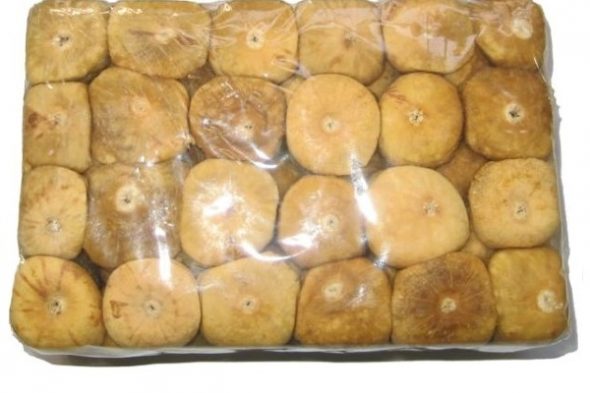
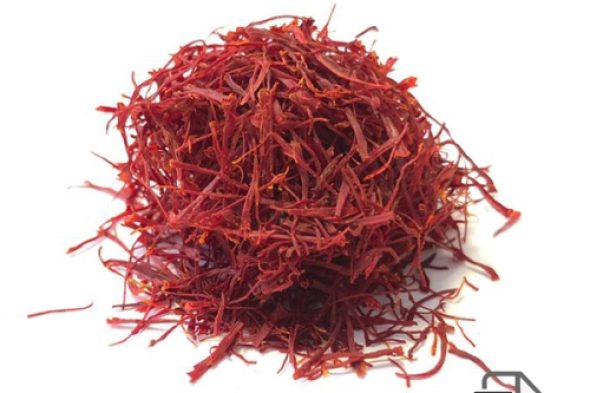
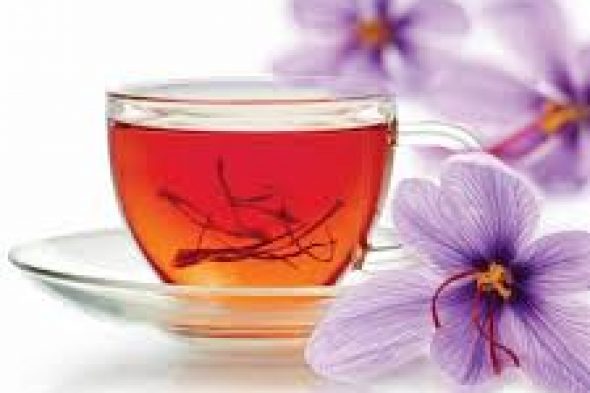
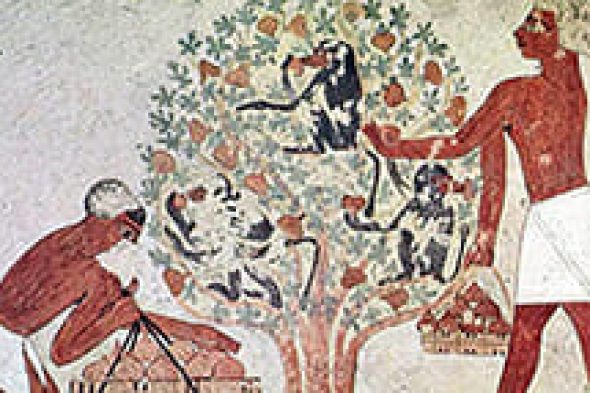
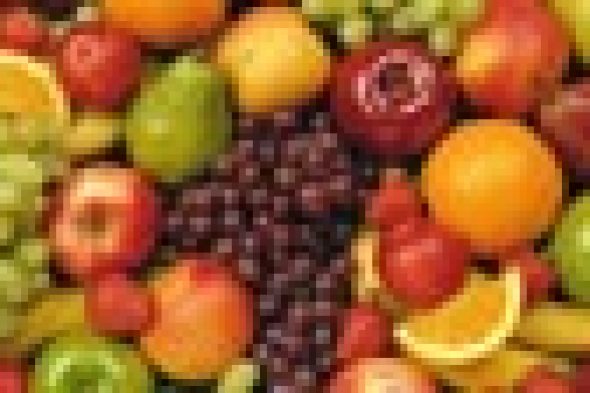
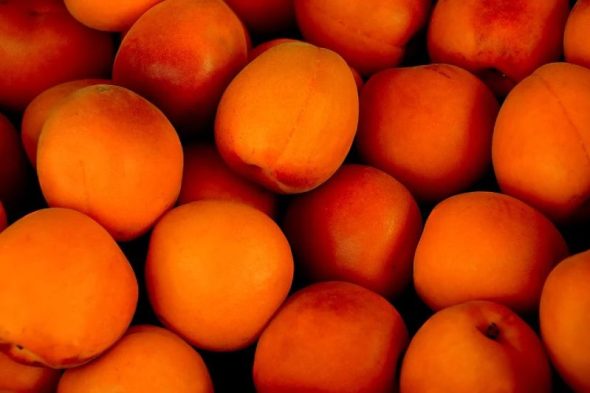

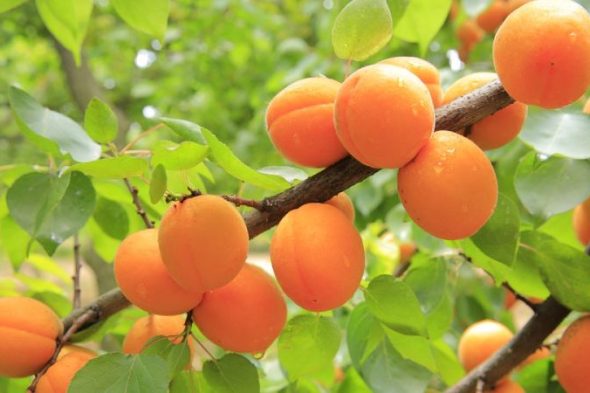
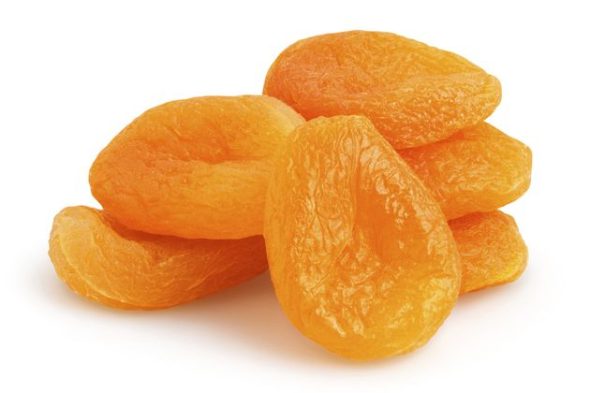
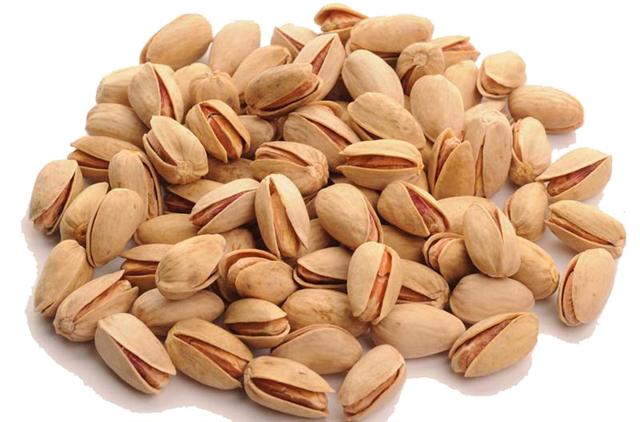
 3 kind raisin
3 kind raisin 